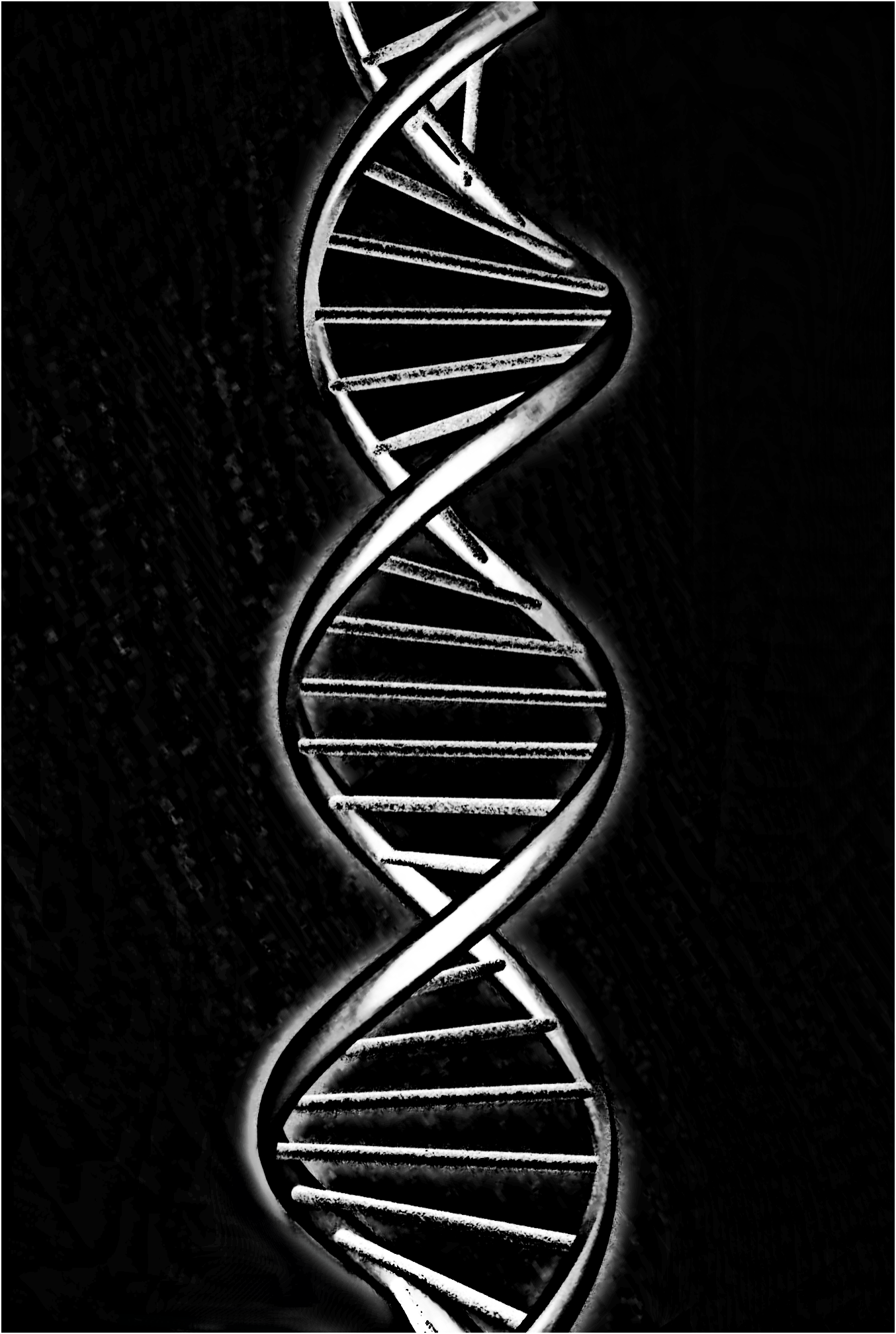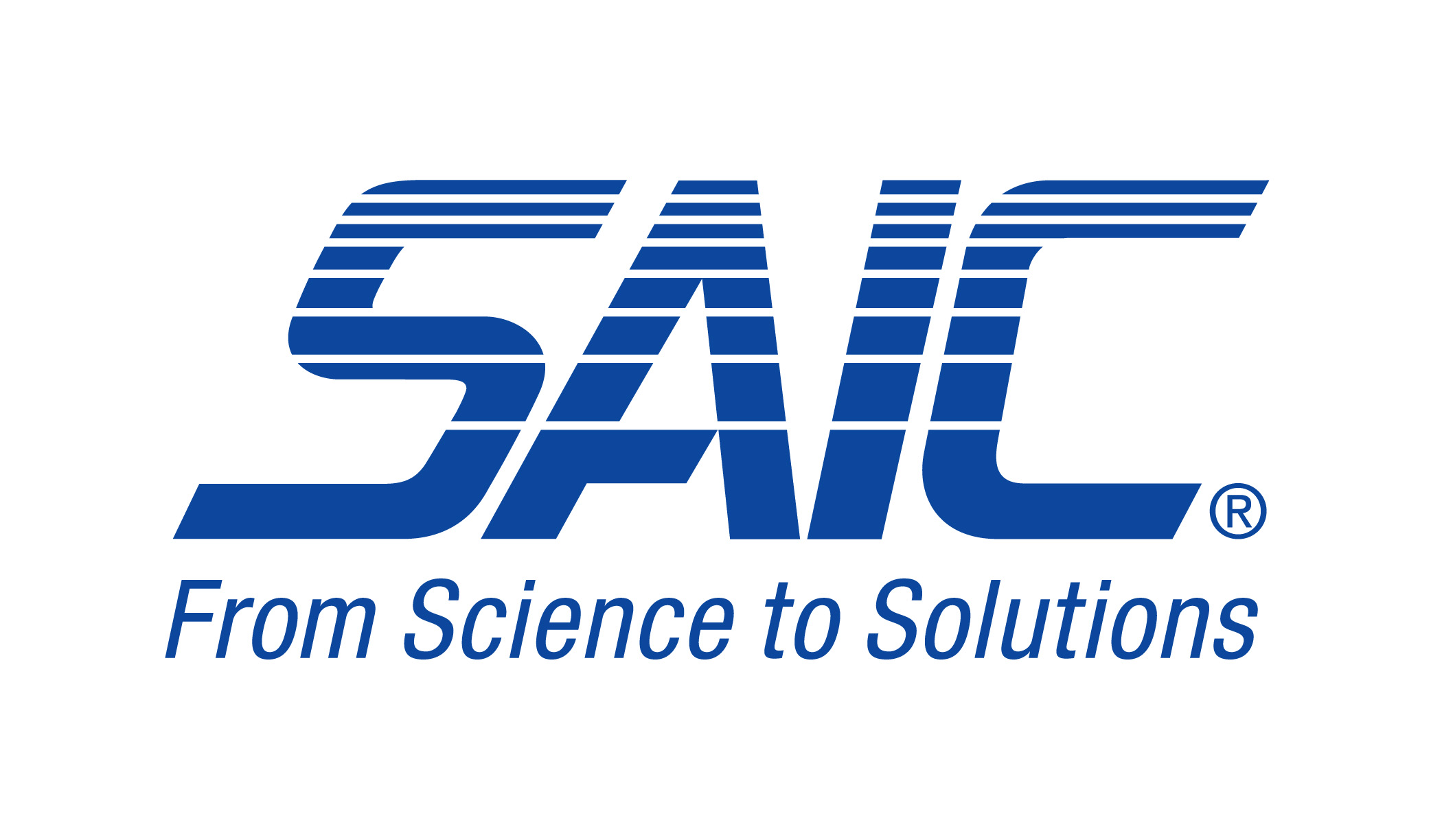|

Home
Our team
Sequence screening
The software: GenoTHREAT
Tests and Results
Screening of the iGEM registry
PCR fusion primer
Lab notebook
Safety
Media Links
Comments


|
|
To characterize the speed of the software, and measure the effect of the sequence length on it, a database of sequences of various length was created.
Sequences of various lengths served as inputs to elucidate two relationships: between the number of BLAST alignments performed on a sequence by the program and the time required to screen the sequence and between the length of a sequence and the time required to screen the sequence. Ten sequences of greater than or equal to 1500bp were randomly selected from the test sequence database. For the first round of fragmentation, a 200bp region was excised from each sequence. The 200bp region was randomly selected. The second round of fragmentation excised a 300bp region from each of the ten sequences. For each subsequence round of fragmentation, the fragment sized was increased by 100bp until fragments of size 1500bp were excised. After fragments of a length of 1500bp had been excised, the length difference between each subsequently excised region was equal to 200bp. After fragments of a length of 2100bp had been excised, this value was increased from 200bp to 400bp. If a sequence had a length between two, contiguous multiples of 100bp, 200bp or 400bp, depending on the length of the sequence, then the entire length of the sequence served as an input as well. This database contained 242 sequences from 200bps-long to 11423bps-long, with 140 sequences shorter or equals to 1500 bps. To have a more precise view of the reaction of the software for short sequences, 10 sequences for each hundred of sequence length between 200 and 1500 were used.
Go back to results page|center
|